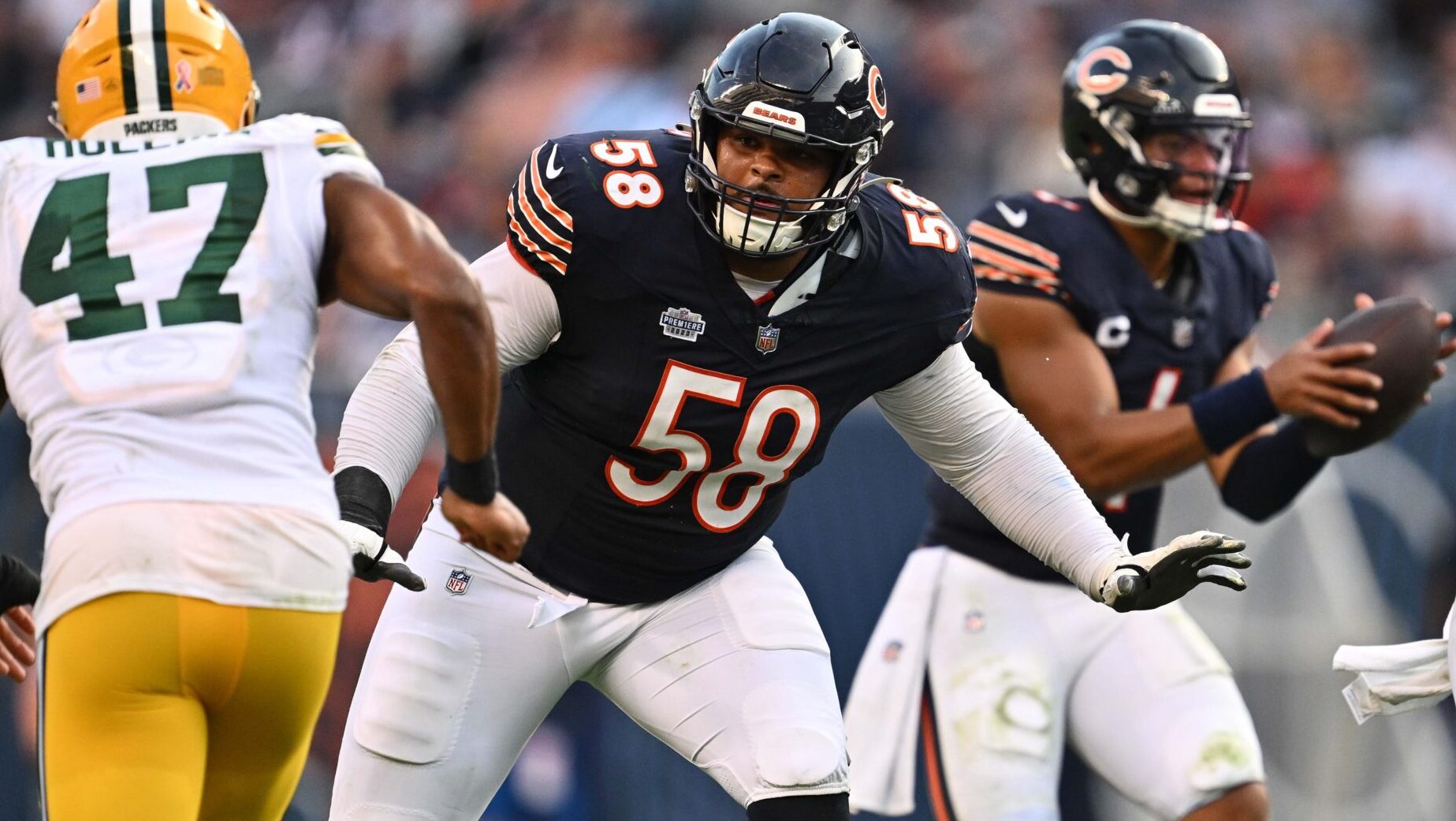Analysis
12/31/21
5 min read
Should Teams Go For 2 at the End of Regulation?

The Baltimore Ravens went for 2 with under a minute in the 4th quarter against both the Steelers and Packers this season. In both games Baltimore scored touchdowns to decrease their deficit from 7 to 1 point. Rather than kicking an extra point to try to force overtime the Ravens went for 2 and did not succeed. As a result Baltimore lost to the Steelers by a score of 20-19 and to the Packers by a score of 31-30. Did John Harbaugh and the Ravens make the correct decisions to go for 2?
For the team that scores to go down by 1 at the end of the game the two paths to winning are:
Scenario 1: Convert PAT, get a defensive stop (if there is time remaining), win in OT.
Scenario 2: Convert 2pt, get a defensive stop (if there is time remaining).
Both scenarios require getting a defensive stop, so we can remove this event from both scenarios and the comparisons between the chances of winning will still be valid. There is evidence that the probability of getting a defensive stop in the 2 minute drill when ahead by 1 point is the same as when tied. This will be laid out further at the end of the article. Also note that in this article if the team fails to convert the PAT or 2 point conversion it’s assumed that they will go on to lose.
So now to compare, the probability of winning under scenario 1 where a team elects to kick the PAT is:
P(PAT made)*P(Win in OT)=0.937*0.5=0.4685
Since the PAT was pushed back in 2015, kickers have made 93.7% of PATs, and here it’s assumed that each team is at equal strength and thus has a 50% chance of winning in OT, using these probabilities the chance of winning when electing to kick a PAT is 46.85%
Since 1999 NFL teams have converted 47.2% of 2 point conversions, so this is the estimate of the probability of winning under scenario 2, where the team elects to go for 2.
| Decision | Win Probability |
| Kick PAT | 46.85% |
| Go for 2 | 47.2% |
Thus, in the general case going for 2 is an optimal strategy. However there are more factors to consider, what if the teams playing are not of even strength? Teams that are favored have more success in overtime and when going for 2 when compared to underdogs.
So next let’s analyze how this decision should change for favorites and underdogs using closing line data from NFLfastR. Note that OT data goes back to 2010 when OT rules were modified from sudden death to a modified sudden death.
If a favored team elects to kick the PAT their probability of winning is as follows:
P(PAT made)*P(Win in OT given team is favorite) =
P(PAT made) * [ P(Win given team is favored and gets first possession)*0.5+
P(Win given team is favored and does not get first possession)*0.5 ]=
0.937*[ 0.5862*0.5+0.5625*0.5 ]=0.538
If an underdog team elects to kick the PAT their probability of winning is as follows:
P(PAT made)*P(Win in OT given team is underdog) =
P(PAT made) * [ P(Win given team is underdog and gets first possession)*0.5+
P(Win given team is underdog and does not get first possession)*0.5 ]=
0.937*[ 0.4375*0.5+0.4138*0.5 ]=0.399
| Decision | Win Probability | |
| Favorite | Kick PAT | 53.8% |
| Go For 2 | 51.5% | |
| Underdog | Kick PAT | 39.9% |
| Go For 2 | 43.3% |
We can confidently say that on average favorites should elect to kick the PAT to try and force OT because a favorite has an advantage in overtime. The data also suggests that an underdog team should elect to go for 2 because a 43.3% or 47.2% chance to gain 2 yards (depending on which estimate you prefer) is likely higher than the probability an underdog team wins in OT.
To bring it back to the Ravens, as a 4 point favorite against the Steelers, the Ravens likely would have been better off kicking the PAT, but this decision is tougher. However with backup QB Tyler Huntley and an injury riddled defense, the Ravens made a great decision going for 2 against the Green Bay Packers.
Each end of game decision is different, especially when there is enough time on the clock and timeouts remaining where it is likely the team will get an additional possession. However when it is likely the team will not get the ball back, then going for 2 seems to be optimal on average and especially for underdogs.
Let’s circle back to a factor discussed at the beginning of the article. Is there a difference between the probability of getting a defensive stop in the 2 minute drill when ahead by 1 point and when tied? Is it possible that teams would be more aggressive and possibly more successful when down 1 rather than tied? Since 1999 there were 325 drives where the possessing team was down 1-2 with 2 minutes or less and 688 drives where the possessing team was tied with 2 minutes or less. Conditions such as time remaining, starting field position, and timeouts are not equal among the samples but the amount of drives is large enough that the probabilities will be approximately correct.
When down 1-2 points teams scored and took the lead on 24% of these drives.
When tied teams scored and took the lead on 23.7% of drives, however when removing drives where teams simply kneeled the ball and let the game go to OT, this increased to 25.2%. Overall, there is not enough of a difference in drive success when down 1-2 vs when tied to believe that the probability of getting a defensive stop is different between these scenarios. This reason along with a team needing to get a defensive stop whether they kicked the PAT or went for two is why the probability of getting a stop is not included in the analysis.








